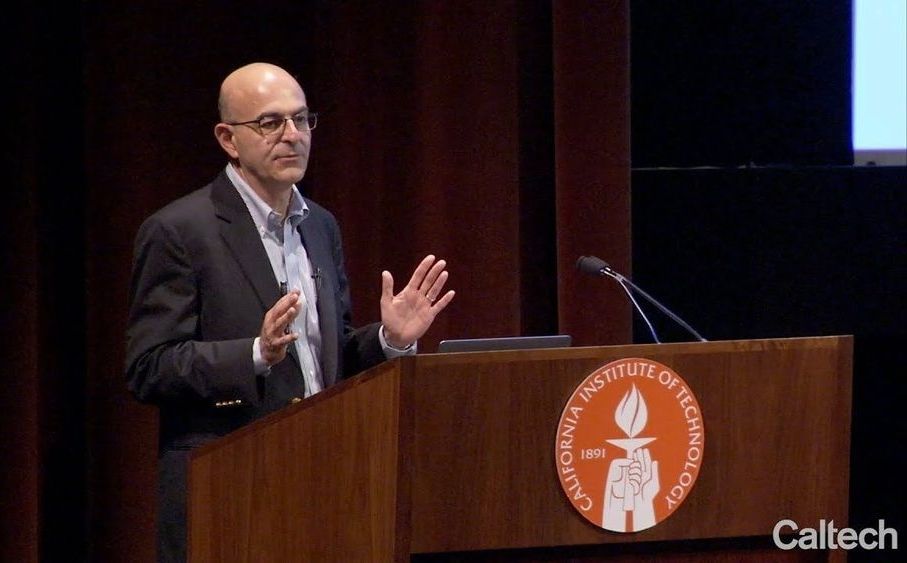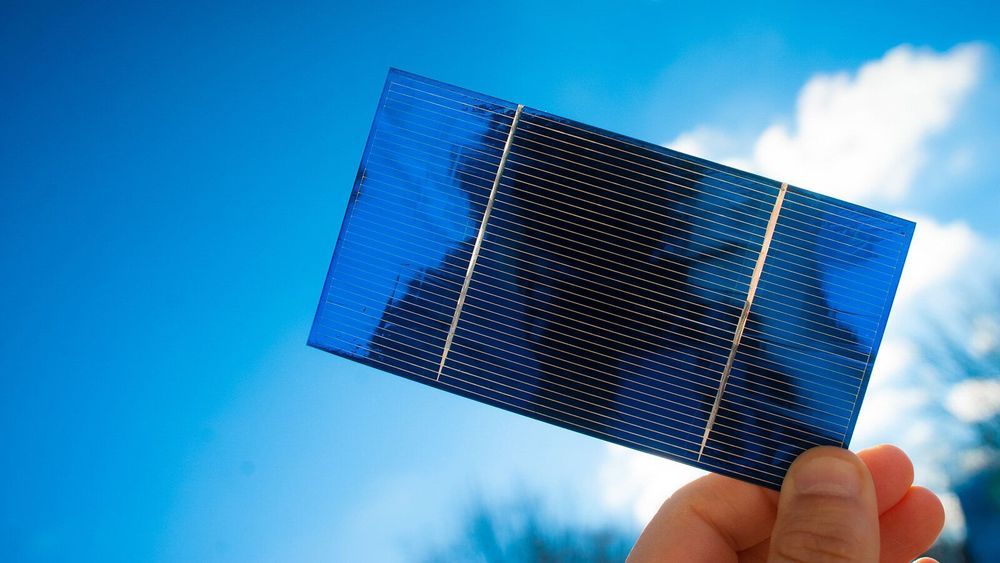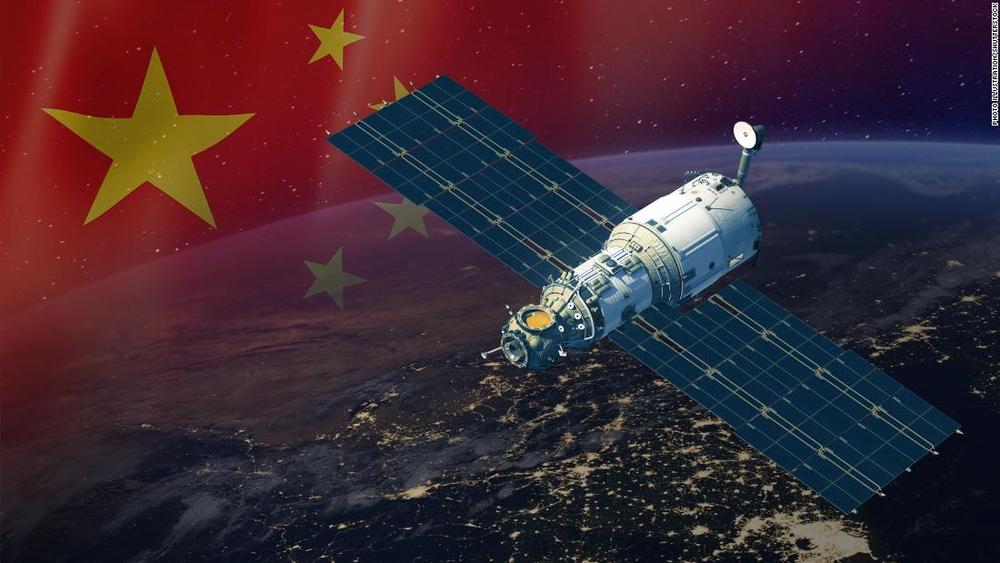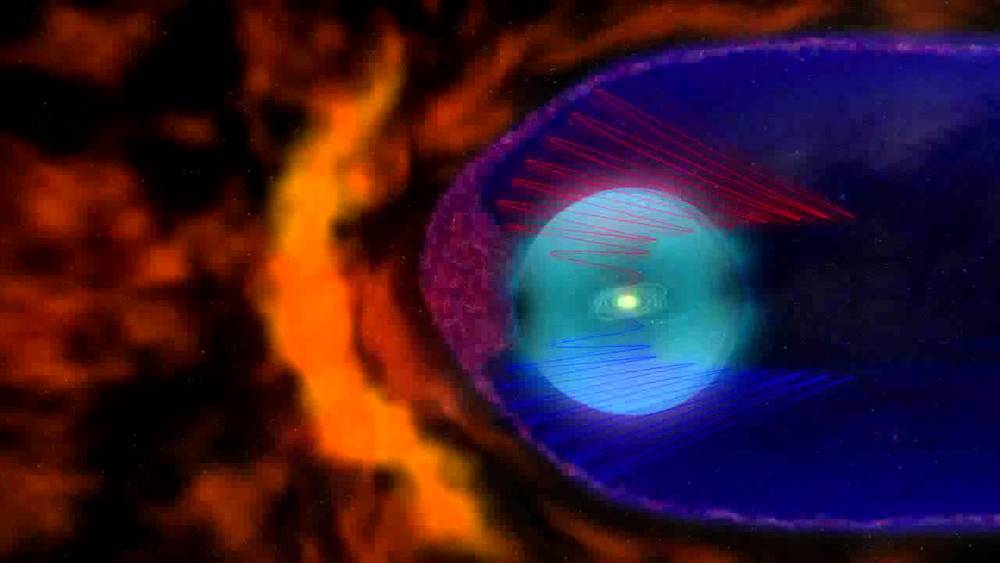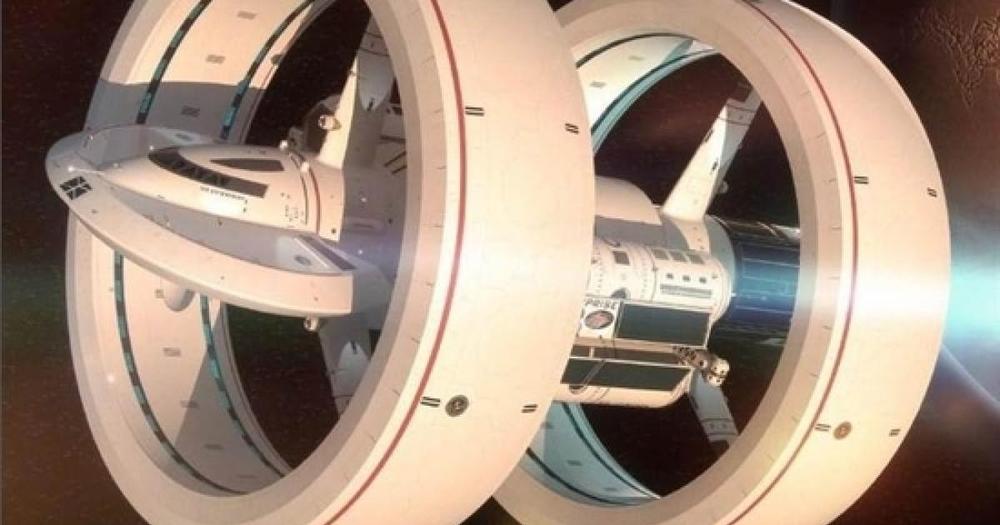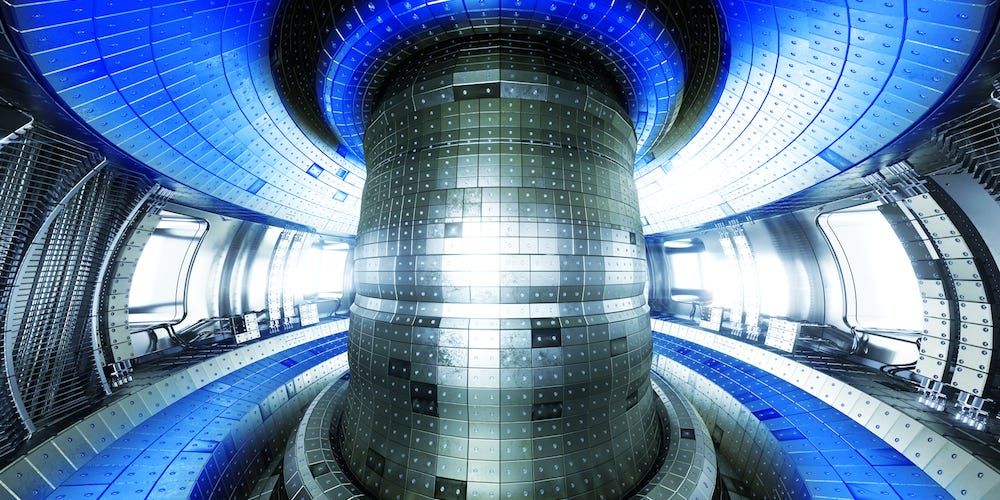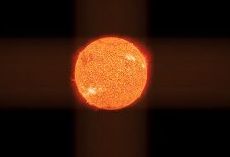Fluids with zero viscosity seemingly defy the laws of physics and they have endless applications. But they’ve been hard to make, until now. The secret? Bacteria!
Scientists’ Crazy Plan to Power Solar Panels With E. Coli — https://youtu.be/_XZGrZ3DeLg
Get 20% off http://www.domain.com domain names and web hosting when you use coupon code SEEKER at checkout!
Swarming Bacteria Create an ‘Impossible’ Superfluid.
“Researchers explore a loophole that extracts useful energy from a fluid’s seemingly random motion. The secret? Sugar and asymmetry.”
More info about E. Coli
https://www.foodsafety.gov/poisoning/causes/bacteriaviruses/ecoli/index.html
“E. coli is the name of a type of bacteria that lives in your intestines and in the intestines of animals. Although most types of E. coli are harmless, some types can make you sick.”
Swimming bacteria work together to go with the flow


